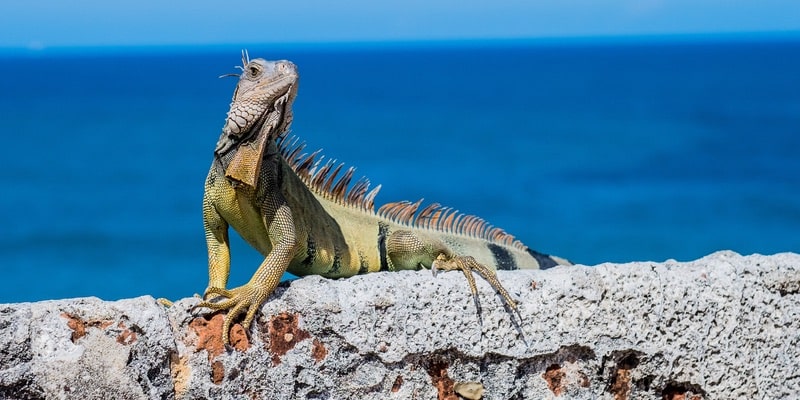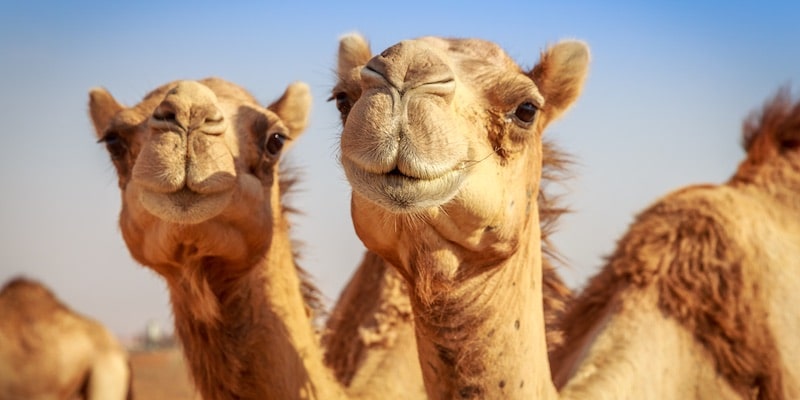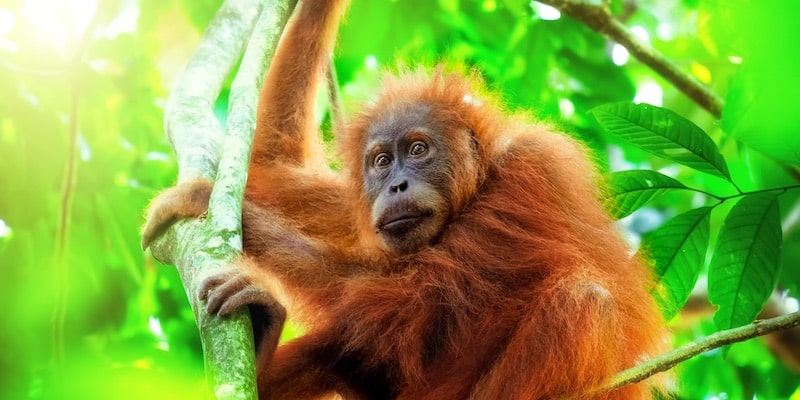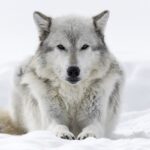We explain what diurnal animals are, their characteristics and multiple examples. Also, differences with nocturnal animals.

What are diurnal animals?
Diurnal animals are those who present their main activity patterns during the day and they spend the night, instead, resting. They are distinguished from nocturnal (active during the night) and crepuscular (active during dawn and dusk) animals.
A large number of known animals have diurnal habits. Many have an internal clock (circadian rhythm) which controls the increases and decreases in energy to coincide with the day, like mammals. While others, such as insects, depend on manifestations of nature such as the rising and setting of the sun to know when to be active and when to sleep.
In both cases, this way of life is known as diurnality.
Characteristics of diurnal animals
In general, diurnal animals are characterized by:
- Have active metabolisms during the day and passive metabolisms at night. Therefore, they look for their food sources and carry out their activities during the day.
- Their bodies present senses adapted to the presence of sunlight and at the same time not very effective during the night.
- The sense of sight tends to be predominant and their eyes have photosensitive cones capable of capturing a wide variety of colors.
- In many cases use sunlight to regulate their body temperature.
Examples of diurnal animals

Some examples of diurnal animals are:
- Apes and primates like chimpanzees, gorillas, orangutans and also humans.
- The bulky herbivores such as the rhinoceros, the elephant, the giraffe and the ox.
- Most insects such as butterflies, dragonflies, beetles, ants, praying mantises, bees and flies.
- Equines and camelids like the horse, the zebra, the llama, the vicuña or the camel.
- Domestic animals on the farm such as sheep, goats, pigs and cows.
- Many of the birds such as the peacock, chickens, woodpeckers, hawks, herons, vultures, ostriches or hummingbirds.
- Many reptiles and amphibians such as land turtles, iguanas, chameleons, crocodiles and alligators.
- Many pets like dogs and cats, even though their species may originally have been nocturnal or crepuscular.
Day animals and nocturnal animals

The differences between diurnal animals and nocturnal animals can be summarized as follows:
| diurnal animals | nocturnal animals |
|---|---|
| They have their highest levels of energy and activity during daylight hours. | They have their highest levels of energy and activity during the night hours. |
| Their senses are adapted to the abundance of light and are capable of capturing a large number of colors. | Their senses are adapted to the absence of light and are able to see in darkness or darkness. They do not usually perceive colors. |
| Their nutritional and reproductive needs occur primarily during the day. | Their nutritional and reproductive needs occur primarily at night. |
| They use different communication methods, some based on visual perception. | They mainly use sound as a method of communication. |
Continue with: Classification of animals
References
- “Diurno, na” in the Dictionary of the Language of the Royal Spanish Academy.
- “Diurnal and nocturnal animals. Class 2” in the Ministry of Education of Honduras.
- “KS1 Science: Different adaptations between nocturnal and diurnal animals and birds” on BBC Teach.




